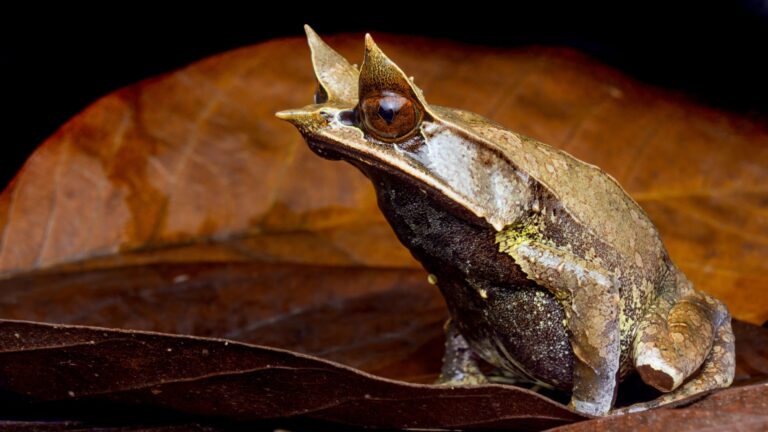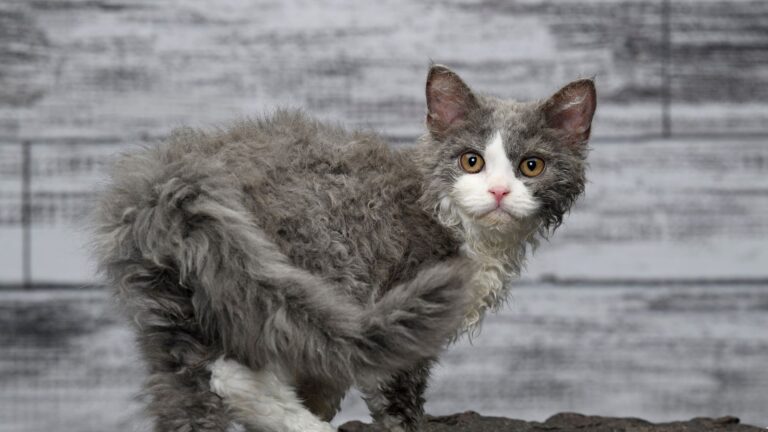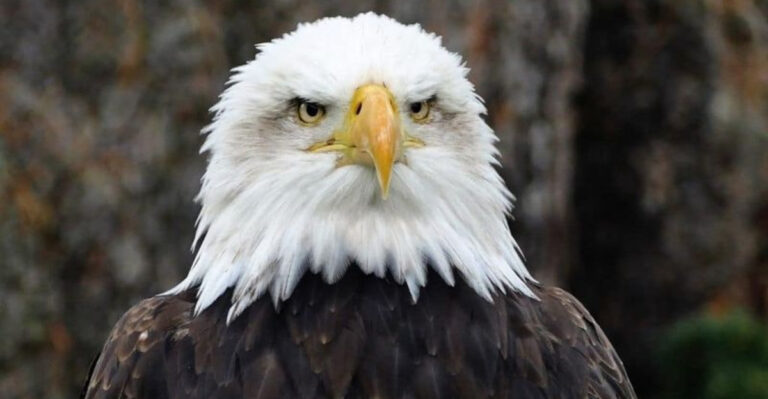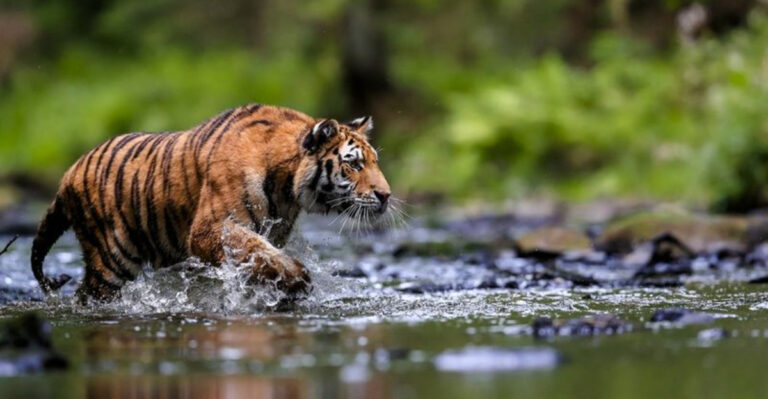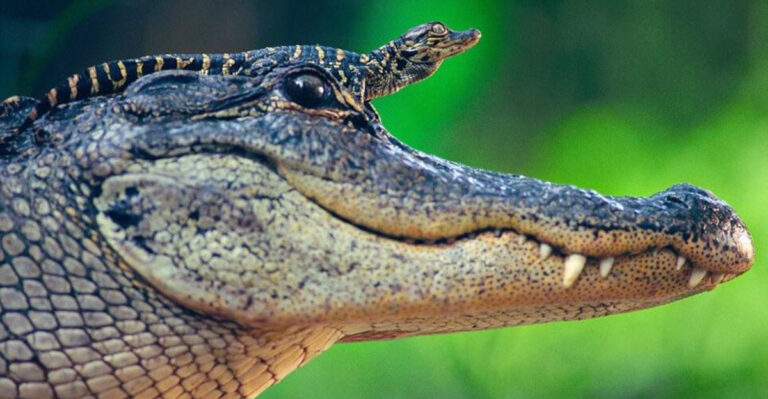How Baby Animals Learn The Rules Of The Wild
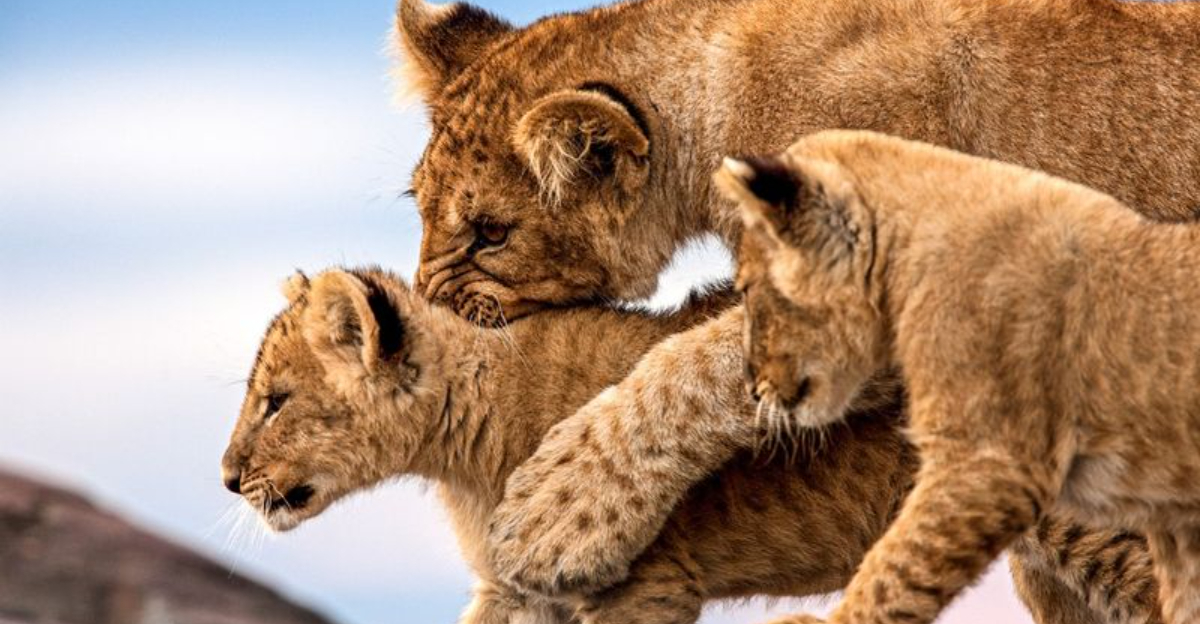
Ever watched a wobbly fawn take its first steps or a lion cub practice its pounce? Behind these adorable moments lies serious survival education.
Baby animals don’t have schools or textbooks, yet somehow they master complex skills needed for life in the wild. From hunting techniques to social rules, let’s explore how nature’s youngsters learn to survive and thrive.
1. Playtime With Purpose
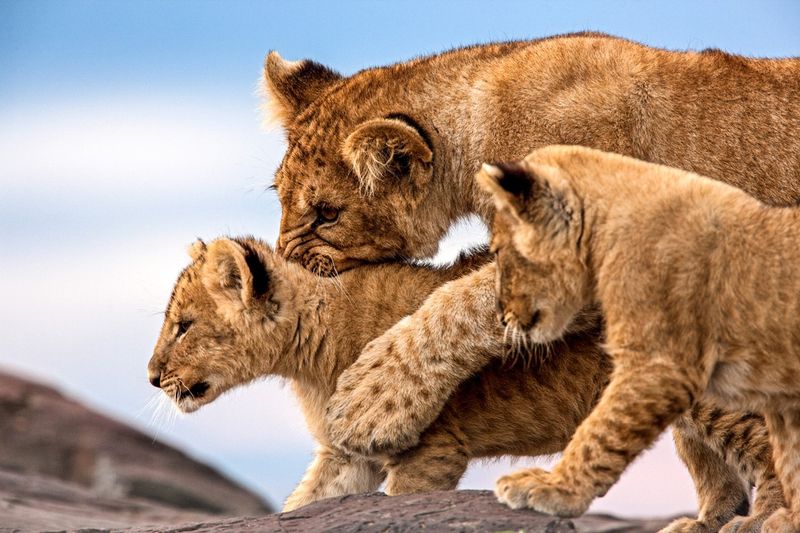
What looks like cute roughhousing is actually combat training in disguise! When fox kits wrestle or tiger cubs chase each other, they’re developing crucial hunting skills.
These playful battles teach timing, coordination, and strength without the dangers of real confrontation. The more they play, the better they become at skills they’ll need as adults.
2. Mom’s Mealtime Demonstrations
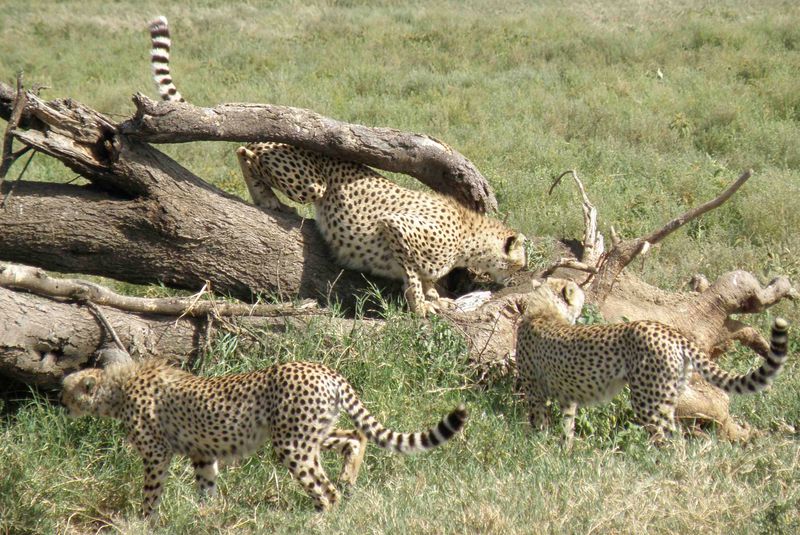
Mealtime doubles as school time in the animal kingdom. Mother cheetahs bring live, injured prey to their cubs, giving them safe practice at the kill.
Eagles push half-dead fish toward eaglets, encouraging them to finish the job. These graduated lessons allow young ones to develop hunting abilities step by step, with mom’s guidance reducing the risk of going hungry.
3. Following The Leader
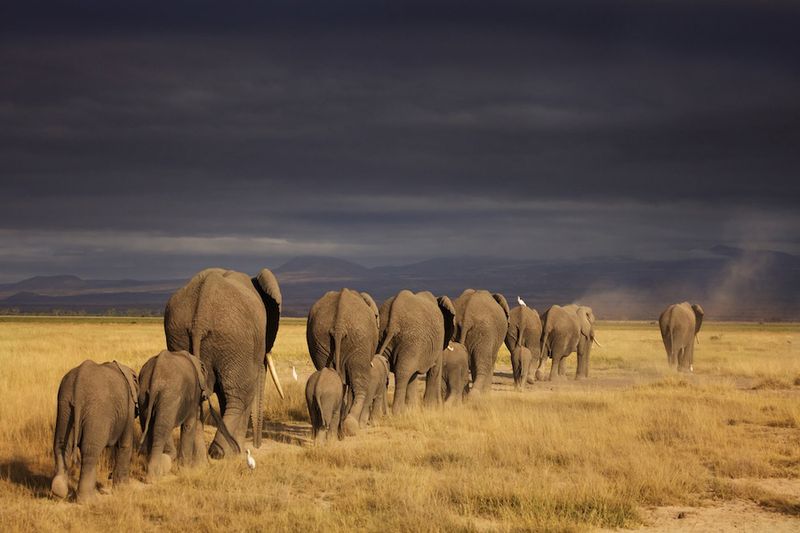
Migration routes spanning thousands of miles aren’t programmed into birds’ GPS systems – they’re learned through observation.
Young geese follow experienced adults, memorizing landmarks and celestial navigation cues along the way. Elephant calves trek behind matriarchs who remember water sources from decades past. This follow-the-leader approach ensures vital knowledge passes between generations.
4. Trial And Error Lessons
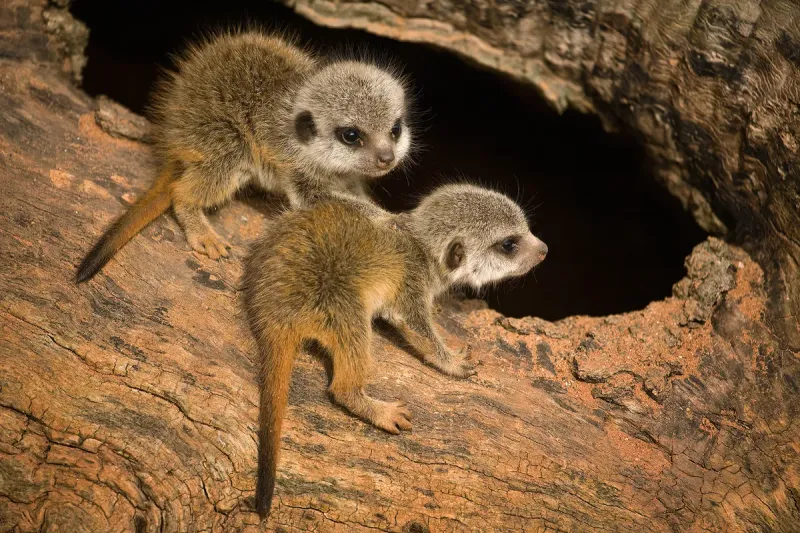
Mistakes make excellent teachers in the wild. A young eagle’s failed first flight might end in an ungraceful landing, but each attempt improves their technique.
Baby meerkats learn which insects taste terrible through unfortunate sampling experiences. These natural experiments, while sometimes uncomfortable, create powerful memories that shape future decisions and prevent potentially deadly errors.
5. Social Hierarchy Boot Camp
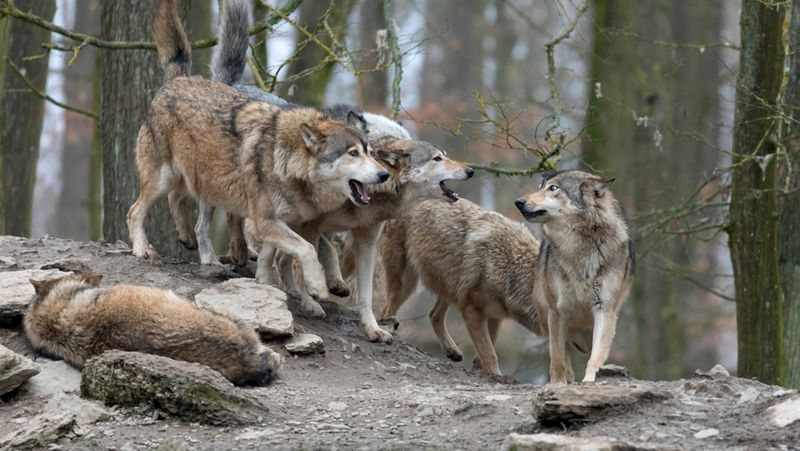
Pack animals run their own version of military training. Wolf pups learn their place through subtle cues – a growl here, a tail position there.
Young primates discover who grooms whom and which adults get first dibs on food. These lessons in social ranking aren’t just about politeness – they prevent conflict and create stable groups where everyone knows their role.
6. Danger Recognition Classes
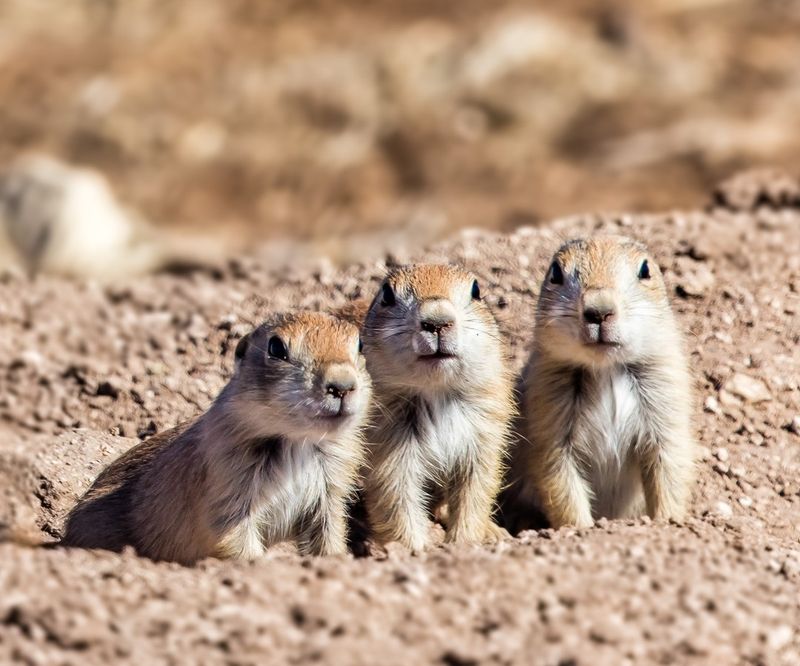
Survival depends on knowing what might eat you. Prairie dog pups learn different alarm calls for hawks, snakes, or coyotes from listening to adults.
Baby monkeys who’ve never seen a snake will still fear one if they see their mother react with alarm. This emotional contagion rapidly teaches youngsters which creatures or situations spell trouble, without dangerous firsthand experience.
7. Foraging Field Trips
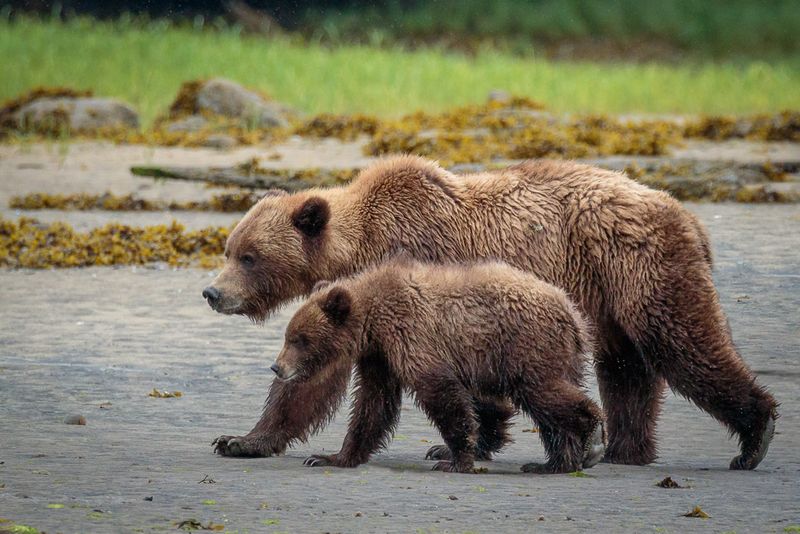
Finding food isn’t instinctive for many species – it’s a learned skill. Bear cubs follow their mothers for up to two years, watching as she digs for roots or breaks open beehives.
Young orangutans observe as parents test fruit ripeness or process toxic foods to make them edible. These extended apprenticeships ensure young animals develop the complex food-finding abilities their survival depends on.
8. Tool Use Workshops
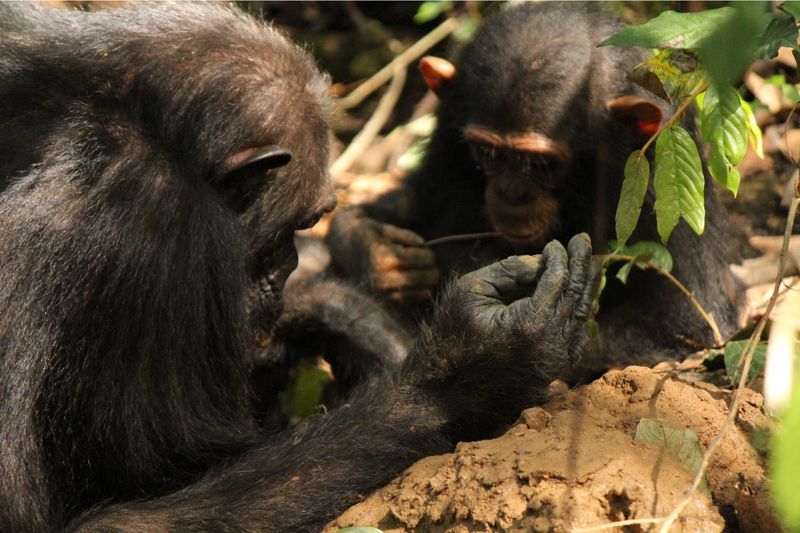
Some animals pass down sophisticated tool techniques like family recipes. Young otters learn the perfect rock for cracking shells by watching mom’s demonstrations.
Baby chimpanzees spend years perfecting termite fishing with sticks, imitating their mothers’ precise movements. This cultural knowledge takes time to master but provides access to food sources other animals can’t exploit.
9. Territory Boundary Tours
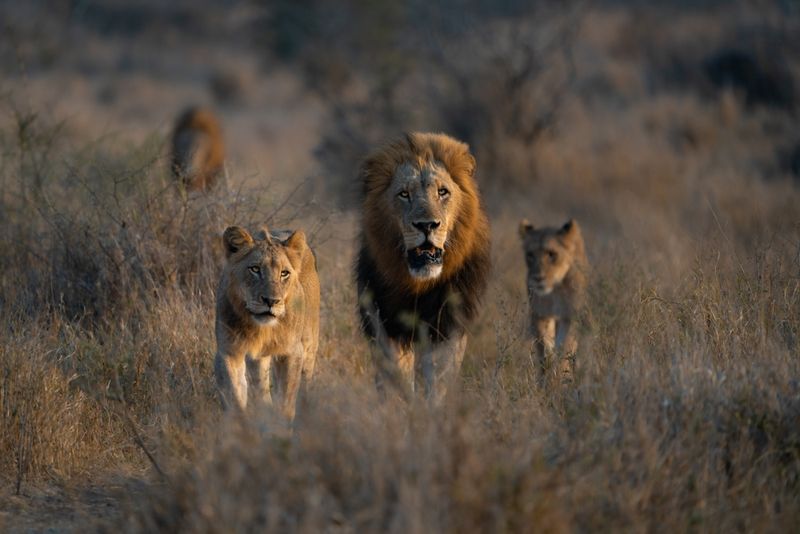
Real estate knowledge matters in the wild. Lion cubs accompany adults on border patrol, learning the pride’s territory boundaries through scent marking rituals.
Young foxes memorize every den entrance and escape route in their home range. These mental maps become crucial for hunting, hiding, and defending space from competitors – essentially a geographic education that could save their lives.
10. Communication Crash Courses
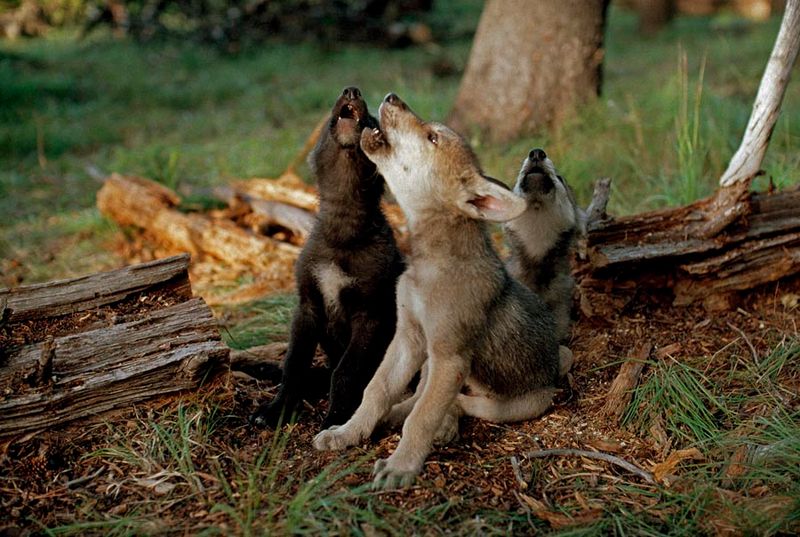
Animal languages require practice to master. Wolf pups learn different howls for gathering the pack versus warning of danger.
Dolphin calves develop their unique signature whistles through vocal play. Bird chicks practice species-specific songs, sometimes in regional dialects. These communication skills enable coordinated hunting, mate attraction, and group cohesion – essential social tools for survival.
11. Weather Warning Systems
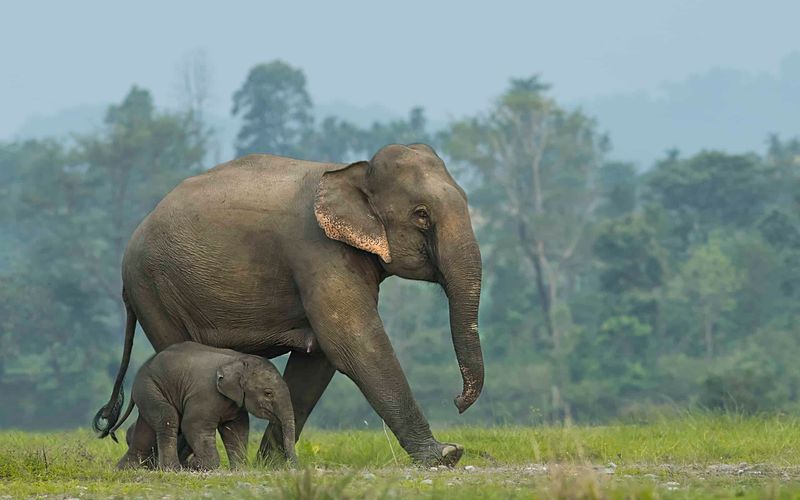
Nature’s youngest inhabitants learn to read the sky. Elephant calves observe how the herd moves toward higher ground before floods or seeks shelter before storms.
Young prairie animals watch adults’ behavior to anticipate tornados or blizzards. This meteorological education prevents youngsters from being caught in dangerous conditions that could prove fatal without proper shelter or preparation.
12. Camouflage And Hiding Techniques
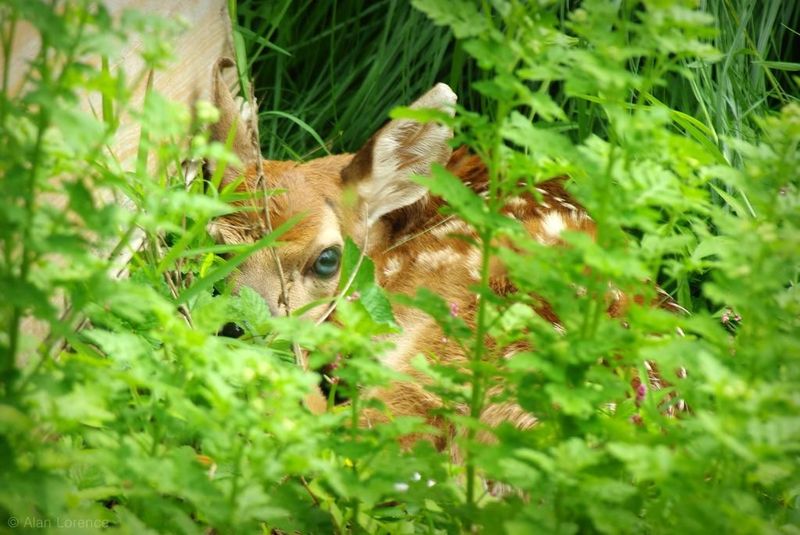
Staying unseen takes practice and parental guidance. Fawn mothers teach babies to lie perfectly still in tall grass, sometimes nudging them into better hiding positions.
Young octopuses receive no formal training but learn through trial and error which patterns and colors best match their surroundings. This stealth education helps youngsters avoid becoming someone else’s lunch while they’re still developing.
13. Nest Building Apprenticeships
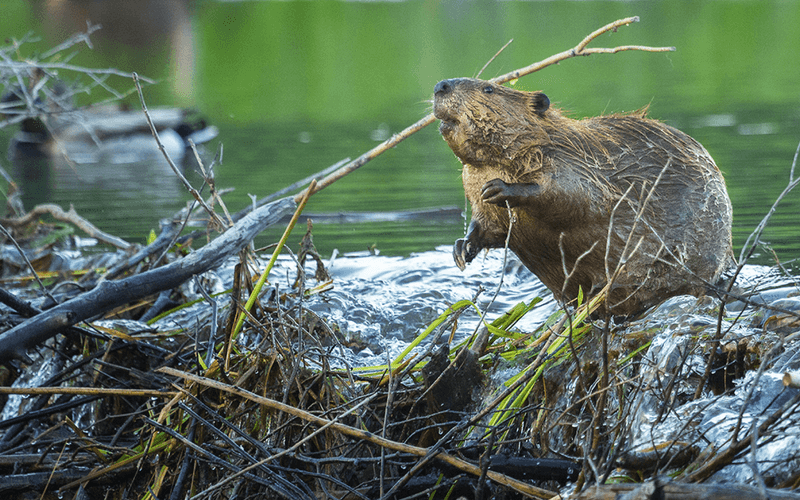
Home construction requires serious skills. Young birds watch parents gather specific materials and weave them in particular patterns before attempting their own first nests.
Beaver kits help parents repair dams, learning through participation which branches work best. These architectural lessons ensure the next generation can create safe shelters – whether it’s a simple burrow or an engineering marvel.
14. Medicinal Plant Wisdom
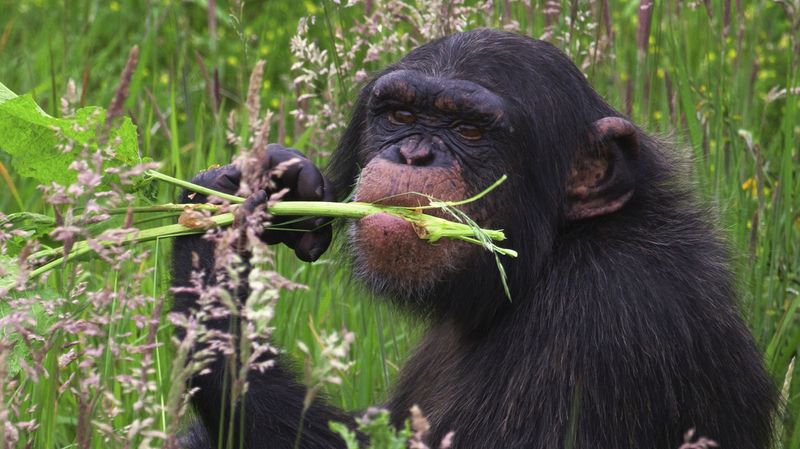
Some animals practice natural medicine, with knowledge passed down through observation. Chimpanzee youngsters watch adults select specific leaves to swallow for parasite control.
Bear cubs learn which plants soothe insect bites by observing mom’s behavior. This pharmaceutical education provides critical self-care skills that can mean the difference between recovery and serious illness in environments without veterinarians.
15. Cross-Species Street Smarts
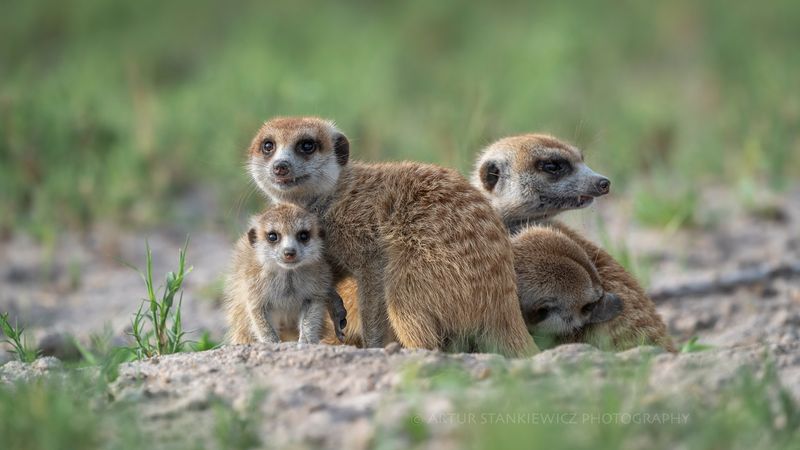
Surviving means knowing your neighbors – both friendly and dangerous. Young meerkats learn which birds signal safety and which warn of predators.
Deer fawns observe how their mothers interact with other forest species, learning which ones pose threats. This interspecies intelligence helps youngsters navigate complex ecosystems where cooperation can be as important as competition.

